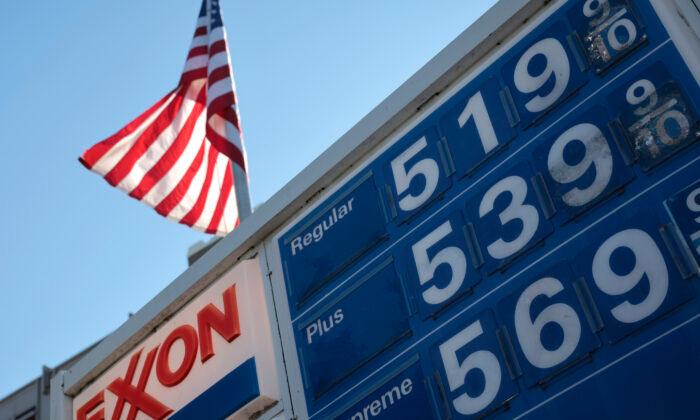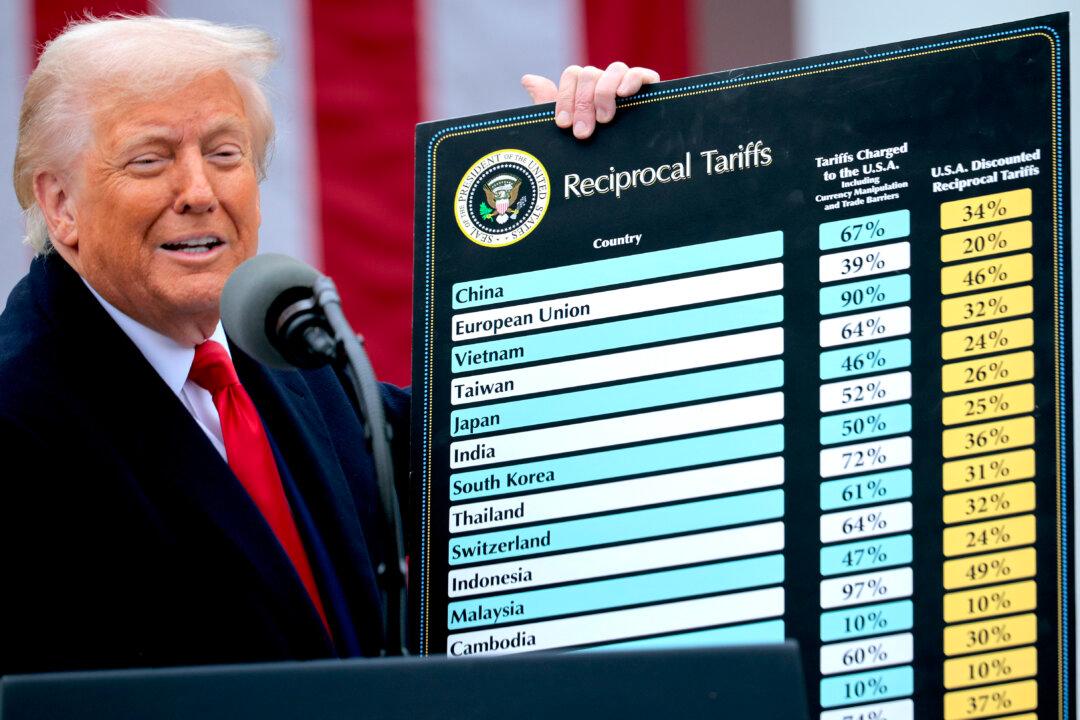Retail gasoline prices have risen by $1.40 per gallon on average nationwide over the past year, squeezing consumer budgets and limiting spending on non-energy items.
“If sustained, consumers will shell out nearly $160bn more for gasoline relative to last year,” a new report by Deutsche Bank says.
According to Deutsche analysts, there’s a strong link between changes in retail gas prices and consumer spending on energy goods and services.
If current prices hold, the “energy tax” may slash non-energy spending power by nearly $160 billion, the new report stated.
Average diesel prices in the country also hit a record $5.55 per gallon on May 12, up 77 percent from last year.
In a high-inflation environment, consumers are driving less but spending much more at the pump, according to the analysts.
Hence, spending on gasoline and energy has decreased by 8.7 percent on an annualized basis over the past six months when adjusted for inflation, they concluded.
Republicans, however, were outraged, blaming President Joe Biden’s energy policies for high gas prices. They have also criticized the administration for failing to release a new five-year offshore drilling plan.
Pump prices, however, had already been rising prior to Russia’s invasion of Ukraine, with Republicans blaming the Biden administration’s policy of reducing domestic oil production, including the cancellation of the Keystone XL pipeline and the suspension of oil and gas leases on federal lands.
As part of an effort to lower gas prices, the White House announced in late March the largest-ever release from the U.S. Strategic Petroleum Reserve, providing 1 million barrels of oil per day to the market for the next six months.
Oil prices eased after the United States and also members of the International Energy Agency, including Japan, South Korea, and Germany agreed to release their emergency oil stocks to the market.
Oil prices nevertheless continued to rise in recent weeks due to concerns about tighter global supply. Oil sector analysts have warned that releasing oil stocks is not a long-term solution to supply or price woes, but only makes these countries more vulnerable during times of crisis.
West Texas Intermediate, the U.S. oil benchmark, increased to $106.8 per barrel, up 13 percent from last month. Brent, the international gauge, also climbed by 9 percent to 108.96 per barrel.
Analysts warn that if China, which is currently under pandemic lockdown, does reopen, supplies could rapidly become much tighter.
Consumers are also paying more for airline tickets as oil prices rise. In April, airline fares climbed by 18.6 percent in a single month—the largest increase on record.
U.S. consumers have healthy balance sheets, as they sit on $2.3 trillion in excess savings accumulated since the beginning of the pandemic, according to Deutsche analysts.
On the surface, the analysts argued, a high level of surplus savings would indicate that consumers are well-equipped to weather high inflation and rate hikes by the Federal Reserve.
“However, nearly 70 percent of the excess savings is concentrated within the top income quintile.”
Lower-income households have less savings and more exposure to energy price changes, as they spend a larger share of their income on fuel and utilities. Energy consumes roughly 28 percent of lower-income households’ budgets, the analysts noted.





